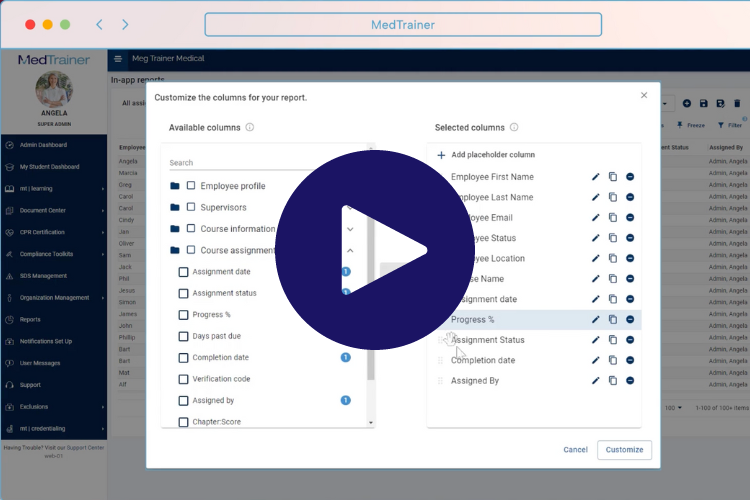No healthcare professional or organization is perfect. Human error is natural and is the cause of many compliance violations. These violations likely have mitigating circumstances, or factors that could lessen the culpability. What are mitigating circumstances in healthcare compliance? And, possibly the better question, can you reduce the chance of human error when it comes to healthcare compliance? In this blog, we’ll answer those questions and more.
Examples of Mitigating Circumstances in Healthcare Compliance
Not every mistake is intentional, but owning them should be.
Mitigating circumstances in healthcare compliance refer to situations or factors that may reduce the severity of non-compliance with healthcare regulations, policies, or standards. These circumstances are considered when assessing the seriousness of a compliance violation and determining the appropriate response or penalties. Mitigating circumstances can vary depending on the specific case, but some common examples include:
- Lack of Intent: If it can be demonstrated that the non-compliance was unintentional or a result of a genuine misunderstanding, it may be considered a mitigating factor.
- Cooperation: The willingness of the healthcare organization or individual to cooperate fully with regulatory authorities during an investigation or audit can be seen as a mitigating factor.
- Self-Reporting: If the healthcare entity proactively reports the compliance violation before it is discovered by regulatory authorities, it may be viewed more favorably.
- Immediate Corrective Action: Taking prompt and effective corrective action to address the compliance issue can be considered a mitigating circumstance.
- Limited Scope or Impact: If the non-compliance had a limited scope or minimal impact on patient care, finances, or data security, it may be treated less severely.
- No Prior Violations: A clean compliance record with no history of prior violations may be considered a mitigating factor.
- Voluntary Remediation: If the healthcare entity takes voluntary steps to improve its compliance program and prevent future violations, it may be viewed positively.
- External Factors: Sometimes, external factors such as unforeseen emergencies or events beyond the control of the healthcare organization can be considered as mitigating circumstances.
- Adherence to Corrective Action Plans: If a healthcare organization diligently follows a corrective action plan imposed by regulators, it may be taken into account when determining penalties.
It’s important to note that the assessment of mitigating circumstances is subjective and can vary from one regulatory authority or enforcement agency to another. Healthcare compliance is a complex field, and decisions regarding penalties or enforcement actions are typically made on a case-by-case basis, taking into consideration all relevant factors, including mitigating circumstances.
Reducing Human Error in Healthcare Compliance
There’s no magic wand for reducing human error, but technology comes close. When humans don’t have to complete manual tasks (like data entry) or remember to do things (like complete training courses), there’s less chance the human will make an error. So, one of your goals in adopting technology should be to reduce these human error chances as much as possible.
Listen to this Outcomes Rocket Podcast for tips and ideas to create efficiency through technology.
Here are a few ideas to reduce the chance of human error in healthcare compliance:
Automation
Automating manual tasks guarantees the task will be completed exactly as expected. Exclusions monitoring is a great example. To complete this manually every month, you’re relying on an employee to check every database for every employee. It would be easy to unintentionally miss something! Look for as many automations as possible to reduce your compliance risk.
Integrations
Anytime you can integrate two technology solutions, you are cutting down on manual data entry and the chance for error. For example, an integration between your HR information system and learning management system reduces the chance of a misspelling or even an employee being connected to the wrong facility location. The employee could miss critical, facility-specific trainings that help to maintain patient safety.
Automated Reminders
If you have hundreds of providers, it would be easy to miss a license expiration or recredentialing deadline if you’re keeping track of those manually. That can result in a lot of extra time fixing the issues as well as lost revenue due to denied claims. Credentialing software with automated reminders can keep you organized and on track.
Additional Training
Using a healthcare-specific learning management system makes it easy to quickly assign additional courses as corrective action. For example, if you discover there have been a lot of incidents in a particular department or location, you can assign an additional training as a preventative measure.
Find out how MedTrainer’s all-in-one compliance platform can help you maintain compliance.
See the benefits of compliance software in less than 2 minutes.

